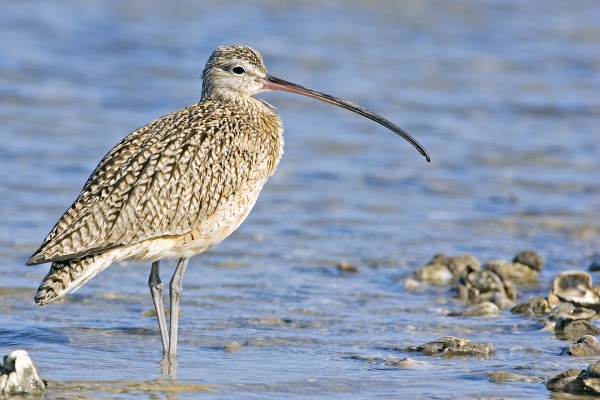Facts About Curlew
Curlews are captivating birds belonging to the genus *Numenius*. There are nine distinct species of curlews, easily identifiable by their long, slender, down-curved bills and mottled brown plumage. The name "curlew" likely originates from the call of the Eurasian curlew and may trace its roots to the Old French word "corliu" meaning "messenger."
These ancient birds are members of the scolopacid wader family and typically inhabit muddy or soft-ground areas. They primarily feast on worms, invertebrates, crabs, and other small creatures they encounter in their environment.
Curlews are distributed across the globe, with many known for their extensive migratory journeys. However, changes in farming practices over the past century have significantly impacted their habitats. Some regions have experienced declines in curlew populations, while others have noted increases. Areas such as Ireland and Britain are particularly concerned about their dwindling numbers, with fears that curlews might vanish entirely from these countries.
The genus *Numenius*, which encompasses curlews, was first introduced by the French scientist Mathurin Jacques Brisson in 1760. This genus includes species such as the Eurasian curlew, Hudsonian whimbrel, and Eskimo curlew. Fossil evidence indicates that curlews have existed for a long time, offering insights into their evolutionary history.
It is worth noting that stone-curlews, despite their name, are not true curlews. They belong to a different family, Burhinidae, within the order Charadriiformes. Interestingly, the upland sandpiper is the closest relative to the curlews. You can distinguish them by the sandpiper's yellow legs, long tail, and shorter, less curved bill.

 Germany
Germany